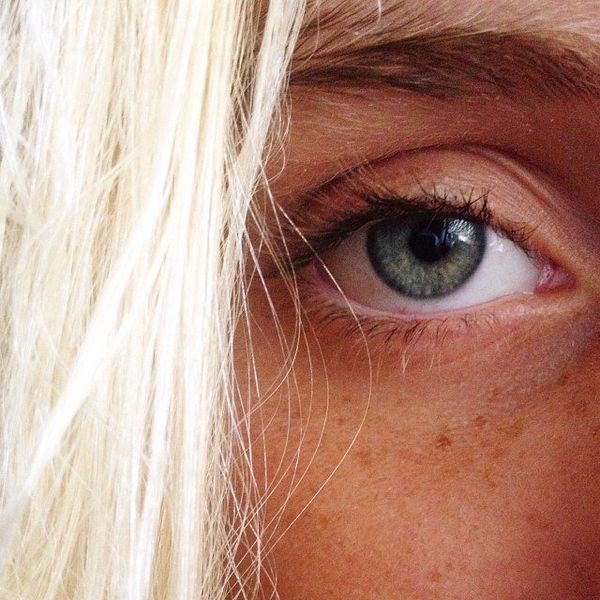When I first started using makeup, I would mostly buy whatever my friends or sister were wearing. I didn't know much about the makeup and skincare industry. Years later, when I actually began to create my own skin-care routine, I turned to the experts: YouTubers.
Like many others, I got sucked into a whole new world of beauty. The deeper I got, the more I seemed to learn. On the other hand, I was getting confused. Beauty Youtubers and makeup artists would use words and phrases such as vegan, cruelty-free and food-grade when they were talking about makeup. So, I did my research. I have discovered the meaning and the difference between these three easily confused and misunderstood descriptors when it comes to makeup and cosmetics.
Cruelty-Free
When talking about these three descriptors for beauty products, cruelty-free seems to be the most common.
The cosmetic industry began testing on animals because governments needed to establish whether or not a product or ingredient is safe for public health before allowing it on the market. So, animal testing became the new norm.
Today, many believe that animal testing is an outdated practice. It is not required by law in the United States to test cosmetics on animals and there are over 7,000 safe ingredients that cosmetic companies can choose from to create products. There is also modern technology that allows us to use invitro testing and computer models in the place of animal testing (Cruelty-Free Kitty).
This seems like fantastic news, but you may be wondering, "Then why isn't everybody cruelty-free?" There are only a few nations that have outlawed animal testing, and there are even a few that require any cosmetic product that is to be sold in the country to be tested on animals. A large nation that requires cosmetics to be tested on animals before it is sold on the market is China. So, if a product or brand is being sold in China, it is automatically not cruelty-free.
Another interesting aspect when looking into cruelty-free cosmetics is taking into consideration the brand's parent company. For example, L'Oreal does test on animals, but some the brands that it owns and profits off of are cruelty-free, such as NYX and Urban Decay.
A great resource for those interested in going cruelty-free— something that I am trying to do—is Cruelty-Free Kitty. Here, you can read more about the history of animal testing and a list of makeup brands that are cruelty-free.
Vegan
We all know that a vegan is a person who does not consume any animal products. Vegan cosmetic products are very similar, as they don’t contain anything that comes from an animal or is produced by an animal. Common animal products that are used in cosmetics are carmine, lanolin, beeswax. But, it doesn’t mean that they’re by default cruelty-free, thought that is often times the case (Cruelty-Free Kitty).
There are few companies out there that are completely vegan. Often times, brands are cruelty-free and few of those products are also vegan. For example, Tarte, Glossier, and NYX offer and advertise that some of their products are vegan. For complete lists of cruelty-free and vegan brands (all products are vegan and cruelty-free), visit the blog Ethical Elephant.
Food-grade
Food-grade cosmetics are much less common than cruelty-free and vegan cosmetics. Food-grade cosmetics are made completely of ingredients that are approved by the FDA (Refinery 29). Some use food-grade products because they believe that they don't want to put products on their face and skin that they wouldn't put in their body.
Companies like Bite Beauty and RMS Beauty take pride in providing organic and good-for-you products. Bite Beauty is known for their lipsticks, and it can be comforting to know that the product that you are wearing on your lips is FDA certified and it is okay if you lick or ingest some of the product. Now, I am not suggesting you go alone and eat these products. What I'm saying is that it isn't awful for you if you do on accident.



















